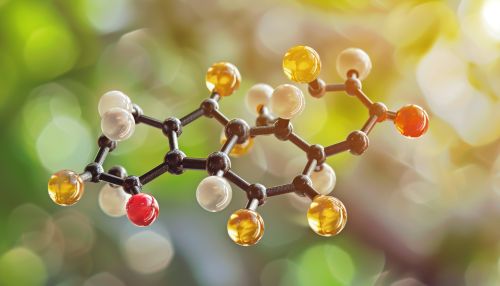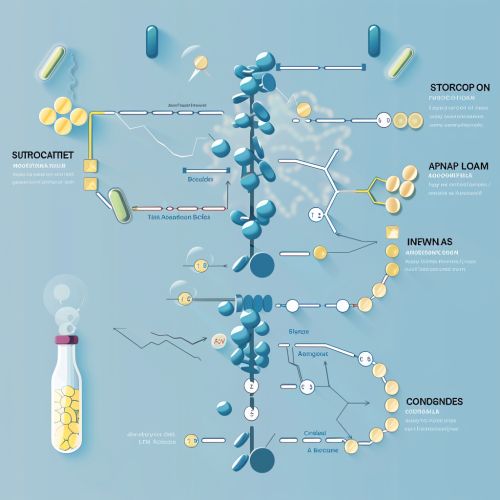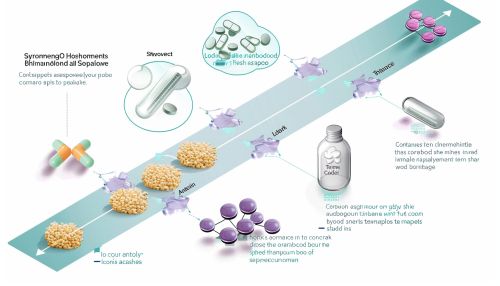Androstane
Introduction
Androstane is a steroid that forms the core of many biologically active compounds, including hormones and bile acids. It is a 19-carbon structure, with three cyclohexane rings and one cyclopentane ring. The structure of androstane is the basis for the classification of steroids, as it is the simplest form that retains the characteristic steroid structure.


Structure and Properties
The structure of androstane consists of four fused rings: three six-membered cyclohexane rings and one five-membered cyclopentane ring. This configuration is common to all steroids. The rings are numbered A, B, C, and D, starting from the leftmost ring when the molecule is oriented with the D ring at the top. The carbon atoms are also numbered, with carbon-1 at the top right of the A ring and the numbering continuing around the rings in a clockwise direction.
Androstane has a molecular formula of C19H32. It is a hydrocarbon, meaning it contains only carbon and hydrogen atoms. This makes it nonpolar and hydrophobic, or water-repelling. It is also lipophilic, or fat-loving, which means it can dissolve in fats and oils. These properties are important for the biological functions of the compounds derived from androstane.
Biological Significance
Androstane is the core structure of many biologically active compounds. These include the androgen hormones, such as testosterone and androstenedione, and the bile acids, which are involved in the digestion of dietary fats. The structure of androstane allows these compounds to interact with specific receptors in the body, triggering a variety of physiological responses.
Androgens
Androgens are a group of hormones that regulate the development and maintenance of male characteristics in vertebrates. They are produced primarily in the testes, but also in the adrenal glands and ovaries. The androgens derived from androstane include testosterone, androstenedione, and dihydrotestosterone.
Testosterone is the primary male sex hormone. It promotes the development of male secondary sexual characteristics, such as increased muscle and bone mass and the growth of body hair. Androstenedione is a precursor to testosterone, while dihydrotestosterone is a more potent form of testosterone that binds more strongly to androgen receptors.
Bile Acids
Bile acids are produced in the liver and stored in the gallbladder. They are released into the small intestine during digestion, where they help to emulsify dietary fats, making them easier to absorb. The bile acids derived from androstane include cholic acid and chenodeoxycholic acid.
Cholic acid is the most common bile acid in humans. It is synthesized from cholesterol in the liver and is conjugated with the amino acids glycine or taurine to form bile salts. These salts are critical for the digestion and absorption of dietary fats.
Chenodeoxycholic acid is another primary bile acid in humans. It is also synthesized from cholesterol in the liver and can be conjugated with glycine or taurine. Chenodeoxycholic acid is particularly important for the absorption of dietary cholesterol.
Synthesis
Androstane is synthesized in the body from cholesterol through a series of enzymatic reactions. This process, known as steroidogenesis, occurs in the adrenal glands, testes, and ovaries. The first step is the conversion of cholesterol to pregnenolone by the enzyme P450scc. Pregnenolone is then converted to progesterone, which is further converted to androstenedione and then to testosterone.


